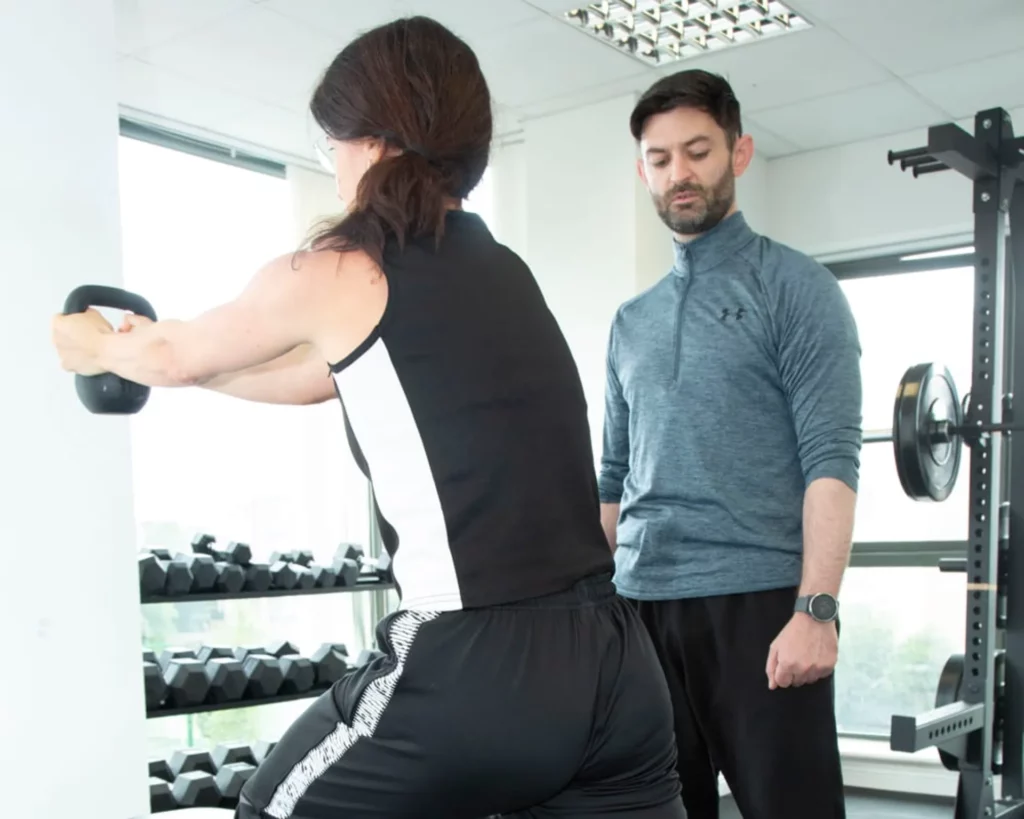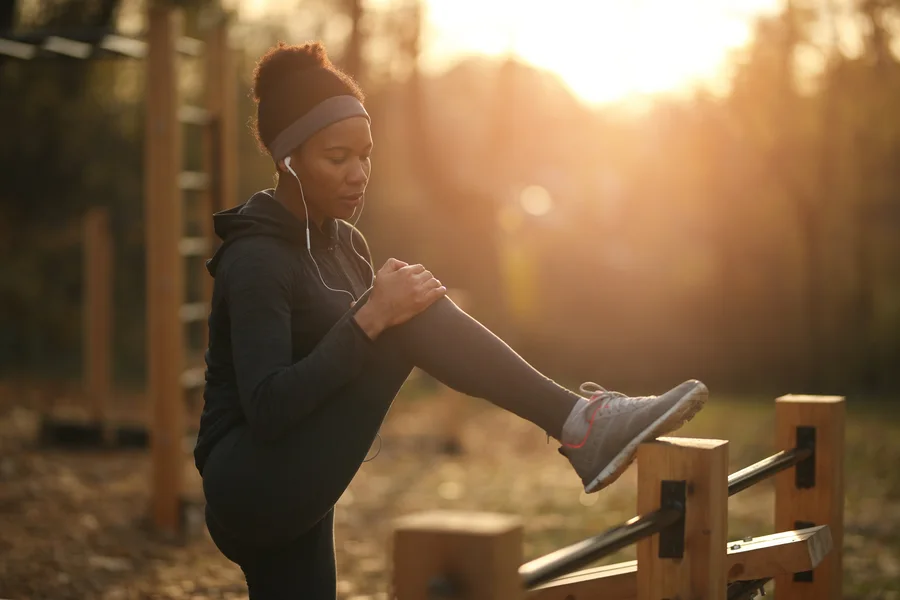ACL Rehabilitation

ACL Rehab
ACL (anterior cruciate ligament) rehabilitation is a process of rebuilding the strength, flexibility, and stability of the knee following injury to the ACL. The ACL is one of the four major ligaments in the knee that provide stability to the joint. It can be injured through a variety of mechanisms, including sports-related activities, falls, or car accidents.
The goal of ACL rehabilitation is to restore the normal range of motion and strength of the knee, reduce pain and inflammation, and prevent re-injury. The rehabilitation process typically begins with a period of rest, ice, and anti-inflammatory medication to reduce pain and swelling.
Physical therapy is an important part of the ACL rehabilitation process, which may involve exercises to improve flexibility, strength, and balance. The exercises typically focus on the quadriceps, hamstrings, and calf muscles. Knee bracing may also be used to support the joint during the rehabilitation process.
The length of the rehabilitation process can vary depending on the severity of the injury and the individual’s response to treatment. It can take several months for the knee to fully heal and for the person to be able to return to normal activities.
It’s important to follow the instruction of physiotherapist and doctor closely to have a successful recovery.

Guide to return to running after ACL Surgery
Returning to running after ACL (anterior cruciate ligament) surgery can be a long and challenging process. The timing and progression of the return to running should be determined by the individual’s injury, surgery type, and recovery rate, it’s important to work closely with a physiotherapist and/or doctor throughout the process.
Generally, the return to running is broken down into several phases. The specific details may vary depending on the individual, but an example guide is:
- Preoperative phase: The focus is on maintaining cardiovascular fitness and muscle strength in the legs. This may include activities such as cycling, swimming, and upper body strength training.
- Early postoperative phase: The focus is on controlling pain and swelling, regaining range of motion and quadriceps control. This may include exercises such as range of motion exercises, straight leg raises, and heel slides.
- Intermediate postoperative phase: The focus is on building strength and stability in the knee. This may include exercises such as leg press, leg extension, leg curl and single leg squat.
- Late postoperative phase: The focus is on sport-specific training, such as agility and plyometric exercises, as well as sport-specific drills.
- Return to Running phase: In this phase, you will gradually increase the distance and intensity of your running. Start with light jogging, then progress to running at a moderate pace, then running with change of direction and finally running with sudden stop and start.
It is important to progress gradually and not to rush the process, as this can lead to re-injury or complications. It’s essential to have regular check-ins with physiotherapist and/or doctor to monitor progress and make adjustments to the rehabilitation plan as needed.
It’s also worth noting that, return to running may take several months and some people may need additional time for complete recovery.
